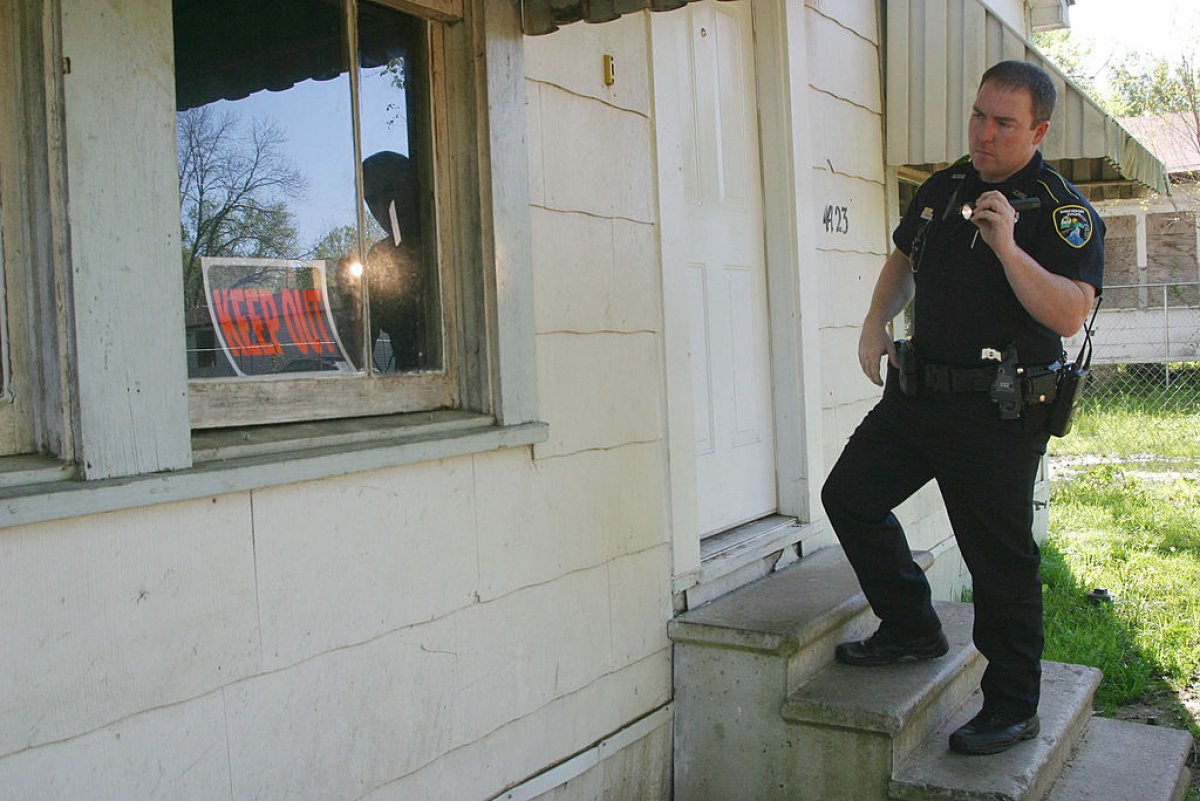Parenting teenagers is like walking a tightrope—you want to guide them, but they constantly challenge the balance. For my husband, Mark, and me, the struggle was our 13-year-old son, Ryan, and his all-consuming obsession with video games. We never anticipated that trying to set boundaries would lead to discovering a scarecrow at his desk and an unexpected visit from the police.
Ryan’s room had become a cave—a mix of teenage chaos and the glow of his gaming monitor. The only sounds were muffled conversations with teammates or his triumphant shouts when he won a match. Chips were his food group, and sunlight seemed like a mythical concept. Mark and I tried everything to engage him in other activities. I attempted heartfelt “let’s talk about life” conversations, while Mark tried bonding over baseball. Nothing worked.
Eventually, we realized we needed to take drastic action. We implemented what Ryan would later call “The Great Ban”—his favorite game, BattleZone, was officially off-limits. Unsurprisingly, the fallout was immediate. Ryan slammed his door, sulked, and refused to speak to us for days. Mark was concerned, but I reassured him that this was part of the process.
To our surprise, the sulking didn’t last. Slowly, Ryan started coming out of his room. At first, he’d linger in the living room without speaking. Then, he’d sit with Mark during a football game, not saying much but clearly engaging in his own quiet way. Eventually, he even began stepping outside, claiming, “I need some air.” It felt like progress, even if it seemed suspicious.
Mark and I exchanged knowing looks each time Ryan left. “He’s probably going to a friend’s house to game,” I said one evening.
“Well,” Mark replied, “at least he’s socializing now.”
But things took an unexpected turn two weeks later. One evening, I noticed Ryan’s bedroom door slightly ajar. Curious, I peeked inside and saw him sitting motionless at his desk, his back turned to the door. Something felt off. As I stepped closer, I tapped his shoulder—and realized it wasn’t Ryan.
It was a makeshift scarecrow: a hoodie stuffed with pillows, a mop for a head, and headphones placed on top. I stifled a laugh. My son had officially gone full-teenager, sneaking out at night and leaving a decoy behind to fool us.
Instead of confronting him, I rushed to tell Mark. While he was initially annoyed, I convinced him to let Ryan think he was getting away with it. “This is better than him sulking in his room,” I reasoned.
For the next few nights, we let Ryan sneak out while keeping an eye on him. One evening, curiosity got the better of us, and we decided to follow him. From a safe distance, we watched as he walked to the local park, sketchpad in hand, and sat under a lamppost. Moments later, a girl joined him, also carrying a sketchpad. They laughed, shared their drawings, and seemed completely at ease.
Mark and I exchanged stunned glances. “Since when does Ryan draw?” I whispered.
“And who’s she?” Mark added, grinning.
We decided not to interrupt. Watching Ryan sketching and chatting with his friend brought a sense of relief. He was finding balance, even if it wasn’t exactly how we’d planned.
But just as we thought we had everything under control, we came home to find two police officers at our doorstep. “Good evening,” one officer began. “A concerned neighbor reported that your son has been sitting motionless at his desk for hours. We came to check if everything’s alright.”
Mark and I burst into laughter, realizing the neighbor had been watching Ryan’s scarecrow decoy. “It’s not what it looks like,” I said, leading them inside and showing them the scarecrow. The younger officer chuckled, while the older one gave a faint smile. “Creative kid,” he said. “Next time, maybe leave a note saying, ‘Gone sketching.’”
As if on cue, Ryan walked through the door and froze when he saw the officers. “What’s going on?” he stammered. We explained the situation, and his face turned crimson.
“Okay,” he muttered. “So… you know.”
After the officers left, we sat Ryan down for a talk. “We’ve known all along,” I admitted. “We followed you to the park.”
“You what?” Ryan groaned, burying his face in his hands.
“We’re proud of you,” Mark added. “You’ve found something creative to do, and you’re spending time with a friend. That’s all we wanted.”
Ryan sighed, but a small smile crept onto his face. “I like drawing. And Emily’s cool.”
From that day forward, we reached a compromise. Ryan could game again, but only after spending time on other activities—like sketching with Emily or going outside. Soon, Emily became a regular at our house, and Ryan even taught her to play BattleZone. They spent just as much time drawing on the porch as they did gaming indoors.
In the end, our son’s scarecrow wasn’t just a trick to sneak out—it was the beginning of a healthier, happier version of him. Sometimes, a little rebellion is exactly what a teenager needs to grow. And for us, it was proof that balance is possible—with a bit of patience and a sense of humor.

Lila Hart is a dedicated Digital Archivist and Research Specialist with a keen eye for preserving and curating meaningful content. At TheArchivists, she specializes in organizing and managing digital archives, ensuring that valuable stories and historical moments are accessible for generations to come.
Lila earned her degree in History and Archival Studies from the University of Edinburgh, where she cultivated her passion for documenting the past and preserving cultural heritage. Her expertise lies in combining traditional archival techniques with modern digital tools, allowing her to create comprehensive and engaging collections that resonate with audiences worldwide.
At TheArchivists, Lila is known for her meticulous attention to detail and her ability to uncover hidden gems within extensive archives. Her work is praised for its depth, authenticity, and contribution to the preservation of knowledge in the digital age.
Driven by a commitment to preserving stories that matter, Lila is passionate about exploring the intersection of history and technology. Her goal is to ensure that every piece of content she handles reflects the richness of human experiences and remains a source of inspiration for years to come.
